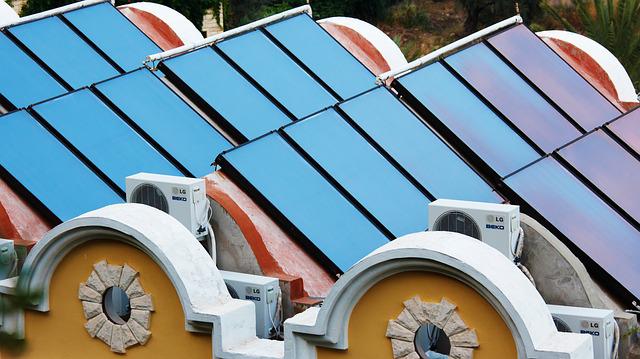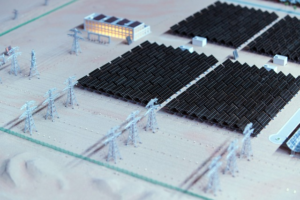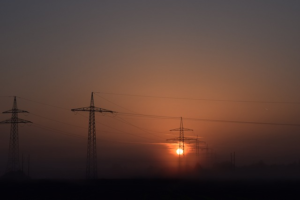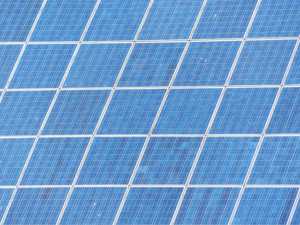
Nakabonye,70, from the Rusura Village in the Rulindo District, welcomes Ignite’s agents with her blue mask on, a big smile still noticeable. Her granddaughter is running around in the yard. “She can now do her homework after dark,” Nakabonye points out to her granddaughter.
“Her grades have been constantly on the rise.” They got their solar home system in only 3 months ago, but change is already evident. I feel much safer in my home now,” she says.
Nakabonye’s story represents millions of households across rural Africa that have been connected to electricity in recent years through off-grid solar solutions. During the past month, Ignite’s agents visited various last-mile communities across Rwanda’s rural districts, gathering meaningful testimonials about life before and after gaining access to power. The impact is overwhelmingly positive.
Progress is significant but unequal across the world.
In the past decade, the world immensely progressed in electricity, as the number of people without access declined from 1.2 billion in 2010 to 768 million in 2021. But according to a UN-World Bank report, under current policies and with the massive effects of Covid-19, an estimated 660 million people would still lack access in 2030, most of them in Sub-Saharan Africa.
Today, Nigeria, the Democratic Republic of Congo, and Ethiopia have the most significant electricity access deficits globally. Many countries in the region are working hard to change this predicament, with electrification agendas and strategies, private-public partnerships, and international development agencies working together to reach the coveted 100% access. To that end, off-grid solutions are a main course of action.
With vast geographical needs and an abundance of sunlight, sub-Saharan Africa has been increasingly adopting electrification through decentralized solar-based solutions in the past decade. The small systems are a perfect fit for the continent’s rural communities. They are much more affordable than grid connections, and they can be deployed anywhere, no matter how remote.
Across the continent, the number of people gaining electricity access each year almost tripled from 8 million between 2000 and 2013 to 24 million people between 2014 and 2019. Solar solutions have a significant role in the sector’s progress. Electricity access is finally being recognized as a leading necessity that is vastly influential on multiple elements of everyday lives and is essential for development across the continent.
More opportunities for a better tomorrow
“Before we used petrol, and it was risky, we worried because our neighbor’s house got burned,” says Ngirawonsanga Joseph, who lives with his wife and their 2 children in Kivomo. “Now we feel much safer.”
Living without electricity access, families in rural Sub-Saharan Africa use kerosene torches, candles, and other hazardous fuels for lighting, cooking, and heating purposes, often done through indoor open fires.
Fire and smoke contribute to high mortality and disease rates, as homes can be easily burnt to the ground. In recent interviews by SolarAid, an NGO in rural …….






